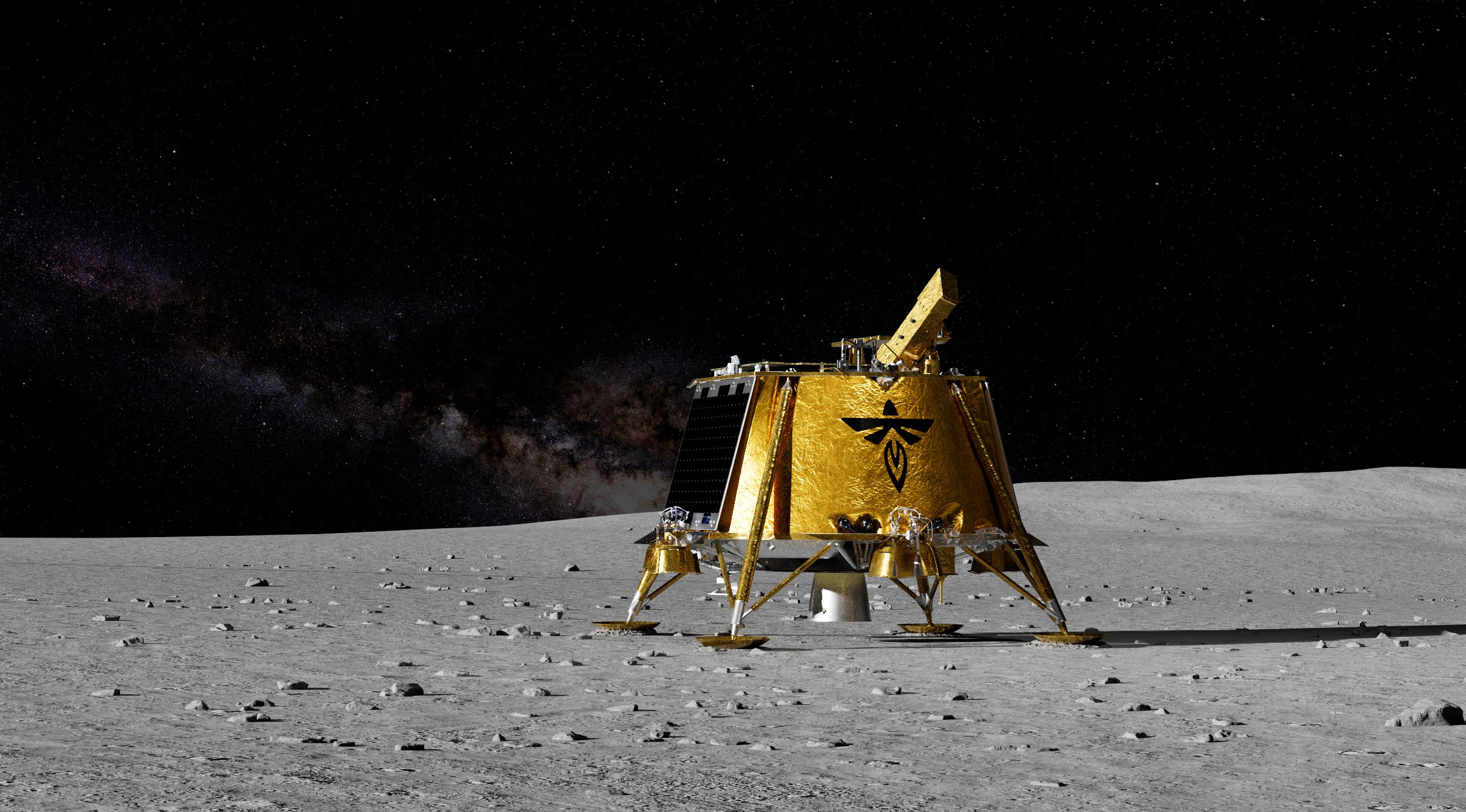Harvey H. Hubbard
Harvey H. Hubbard (1921–2012) was an international leader in the field of noise generation and reduction. His research and leadership had, and continues to have, a profound effect in the aircraft industry–where noise is an international issue affecting the development, growth, and regulation of air transportation. His seminal research on aircraft noise provided fundamental information on the understanding of noise sources, as well as noise reduction techniques through vehicle design and operation.
Harvey Hubbard was born in Swanton, Vermont, on June 17, 1921. He graduated from Swanton High School as the valedictorian in 1938, and graduated from the University of Vermont in 1942 with a bachelor of science degree in electrical engineering. He served in the U.S. Army Air Forces during World War II and retired as a Lieutenant Colonel in the U.S. Air Force Reserves.
Following his World War II military service, he accepted a position at the NACA Langley Memorial Aeronautical Laboratory in 1945. His career in the noise arena covered nearly a half century–the first 35 years (1945-1980) with NACA and NASA, and the next 12 years as a consultant to NASA Langley Research Center. During those 47 years, he was involved in and performed pioneering research on noise issues associated with propellers, jet noise, engine nacelle acoustic treatment, takeoff and landing noise, structural response to noise, acoustic fatigue of structures, sonic boom, boundary layer noise, aural detection, passenger ride quality, noise metrics, and wind turbine noise.
In the 1940’s and 1950’s, propeller-driven airplanes dominated the air transport system and higher speeds and low noise were demanded. At the time, noise research at the laboratory was sparse. Hubbard was among the early researchers, and the first at Langley, to conduct pioneering laboratory experiments addressing noise from single, multi-bladed, dual rotation, tandem, shrouded, and supersonic propellers. His experimental findings provided a more complete understanding of propeller noise generation mechanisms and yielded a data base for comparison with theory. He published a series of propeller loudness charts for light airplanes and transports for use by propeller designers. The results of his propeller noise research can be seen in today’s transport aircraft that incorporate multi-bladed swept propellers, and in the research on efficient Mach 0.8 civil transports incorporating the prop fan and unducted fan operating at supersonic tip speeds.
During the 1950s, turbojet aircraft and their noise became the focus of a rapidly growing concern in airport communities. In 1952, he conducted a keystone jet noise experiment that produced considerable insight into the basic laws of jet noise generation, including a famous “velocity to the 8th power law,” and subsequently allowed significant progress to be made in noise reduction. Use of turbojet engines on early civil jet transports required exhaust noise suppressors resulting in significant performance penalties. Hubbard’s experimental results clearly showed that to reduce jet noise, the engine exhaust velocity must be reduced. This finding lead to the birth of the turbofan engine that significantly reduced jet noise during takeoff and climbout.
He was the focal point at Langley on all acoustic aspects of two major NASA-industry programs: A 1968 effort to alleviate noise of subsonic jet aircraft and a 1969 nacelle acoustic treatment program. The noise reduction of these two efforts allowed for the implementation of a Federal Aviation Administration certification rule in 1969 and quiet turbofans with dramatically reduced noise levels.
Foreseeing that additional research efforts would be required to address the aircraft noise issues for emerging configurations, including the sonic-boom and airport-community noise concerns of the proposed U.S. supersonic transport aircraft, he played a key role in expanding acoustic research efforts at NASA.
Two of the more significant accomplishments in his career included the development and staffing of the world class Langley Aircraft Noise Reduction Laboratory for studies to understand, predict and alleviate aircraft noise and its influence on people and structures; and the “Hubbard Criterion,” a scientific method to assess the effects of noise and vibration on people.
Hubbard authored more than 130 NASA reports, journal publications, and chapters in reference textbooks. In 1995, he edited a two-volume book, “Aero-acoustics of Flight Vehicles, Theory and Practice”, and received a citation from the American Institute of Aeronautics and Astronautics (AIAA). He served on editorial boards of the “Journal of Noise Control Engineering” (NCEJ) and the “Journal of Sound and Vibration” (JSV). He was a charter member of the Institute of Noise Control Engineering (INCE), on the board of directors 1972-73, the board of examiners 1974, was president in 1979, and elected a fellow in 2008. He was a member of the Acoustical Society of America (ASA) from 1948 until his death, was elected as a fellow in 1963, served as chairman of its executive council 1975-78, served as its president 1989-90, and awarded its first silver medal in noise in 1978. He was an associate fellow of AIAA, served on its Technical Committee on Noise 1973-74, and was the first American recipient of the Aero-acoustics Award. NASA Awards included the Special Service Award for Group Achievement, the Gold Medal for Outstanding Scientific Achievement, and the Gold Medal for Distinguished Public Service.
After retirement from NASA, he served as a senior research associate at the College of William & Mary in its school of engineering, consultant for the Bionetics Corporation, and senior staff engineer at the Lockheed Science and Engineering Company.
Harvey Hart Hubbard passed away in Newport News, Virginia, on May 14, 2012, at the age of 90. His wife of 62 years, Sadie Miller Hubbard, preceded him in death. He was survived by his four children: Susan Lasater, Pam Middleton, Dr. Thomas Hubbard, and Walter Hubbard.






























